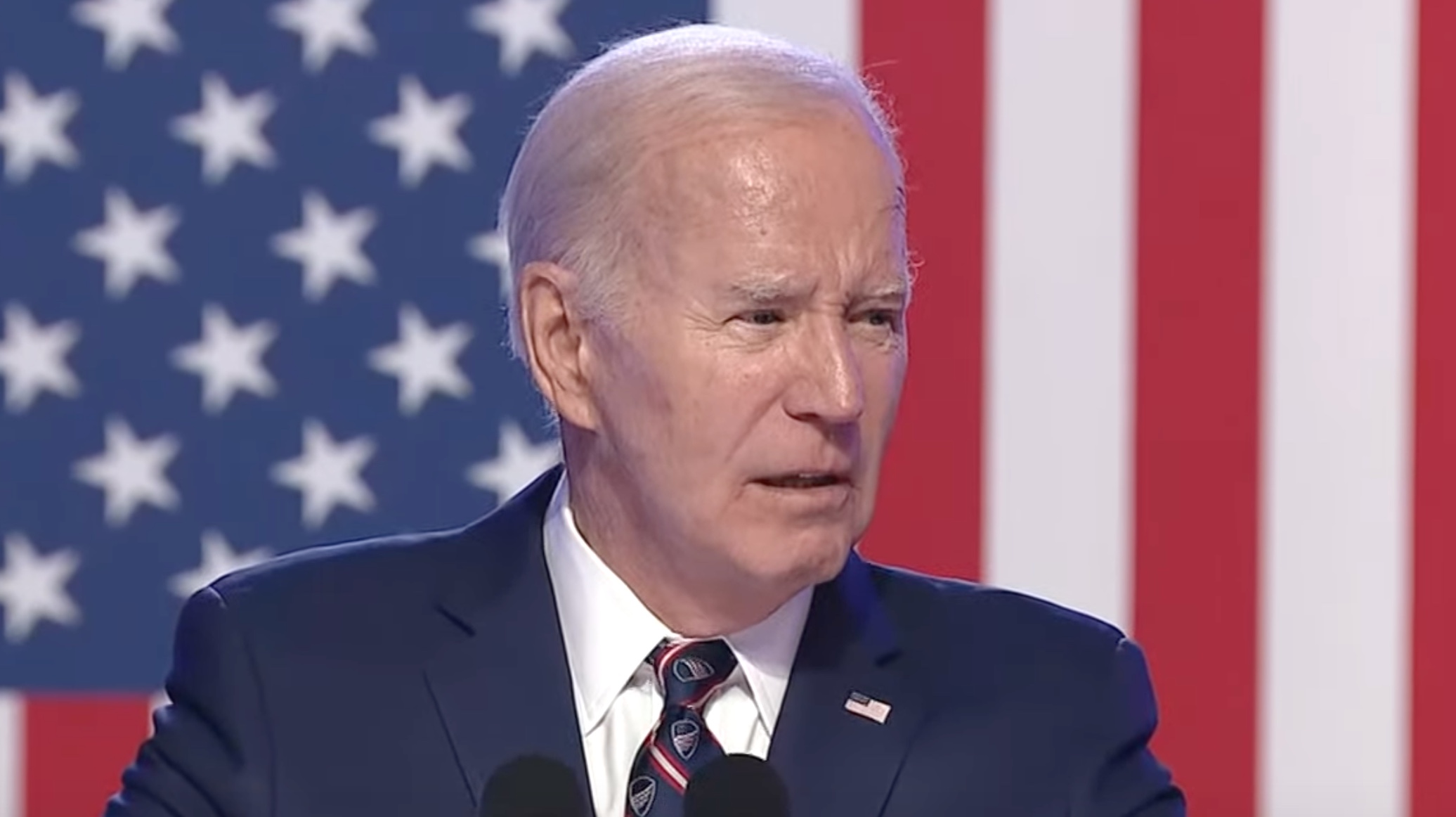President Biden’s EPA finalized a strict air quality rule that the manufacturing industry fears could eliminate a million jobs and hinder new manufacturing facilities in the U.S.
The regulation tightens standards for fine particle pollution, aiming to save lives and improve health.
The NAM president warns of detrimental effects on Michigan’s economy and emphasizes the importance of maintaining manufacturing investments in the U.S.
Jay Timmons, president and CEO of the National Association of Manufacturers (NAM), said, “In his State of the Union Address next month, President Biden will probably take credit for what manufacturers have achieved. That’s fair. I know he cares deeply about manufacturing.”
“As he often says on the road, ‘This nation used to lead the world in manufacturing, and we’re going to do it again,'” he continued.
Timmons warned, “But what he won’t tell you is that his federal agencies are, at this very moment, working to undermine his manufacturing legacy – those agencies are undermining your success. In fact, just two weeks ago, they announced one big regulation that could wipe out up to 1 million jobs.”
He added, “It’s referred to as National Ambient Air Quality Standards or PM2.5.”
Timmons said, “It’s not the name that matters. It’s the consequences. It’s stricter than rules they have even in Europe. And in vast portions of the country, we will barely be able to build new manufacturing facilities as a result.”
EPA Administrator Michael Regan said the “final air quality standard will save lives and make all people healthier, especially within America’s most vulnerable and overburdened communities.”
The EPA claimed the revision will prevent “up to 4,500 premature deaths and 290,000 lost workdays, yielding up to $46 billion in net health benefits in 2032.”
Despite optimism about AI driving innovation, Timmons cautions about regulatory burdens, immigration challenges, trade barriers, tax hikes, and national security risks impacting the industry’s future.
Timmons wrote, “Michigan would be one of the states hit hardest. And if new manufacturing investments dry up, that spills over to the rest of the state economy. It affects the family trying to sell their home, the teacher hoping for new investments in schools, the students looking for job opportunities here in the state.”
“And to what end? You cannot solve the world’s environmental challenges by driving manufacturing investment away from the United States to countries with lower standards,” he continued.
Timmons explained, “The state of the manufacturing industry depends on the people in it. And we are now 13 million strong – the largest in more than 15 years. If we can continue on this trajectory, this resurgence, imagine what the state of manufacturing might look like in 2030 at the end of the decade.”
“Artificial intelligence may unlock new superpowers for American workers. We might reach a point where no other country can keep up with our productivity or the pace of innovation. Manufacturing investment could flock to our shores even faster,” he added.
Most Popular:
FBI Informant Who Criticized Biden Gets Bad News
Drag Queen Principal Learns His Fate Amid Controversy


